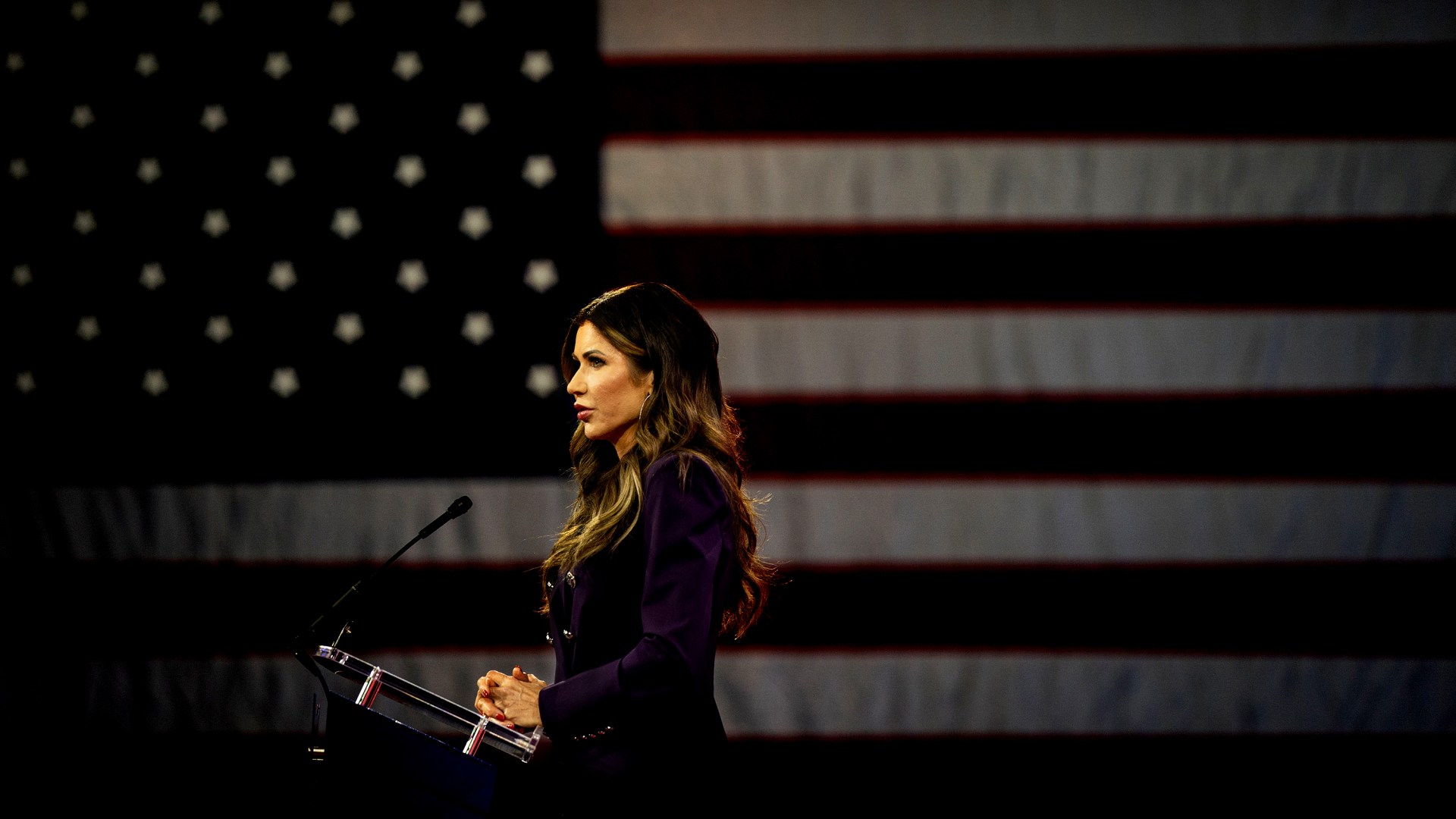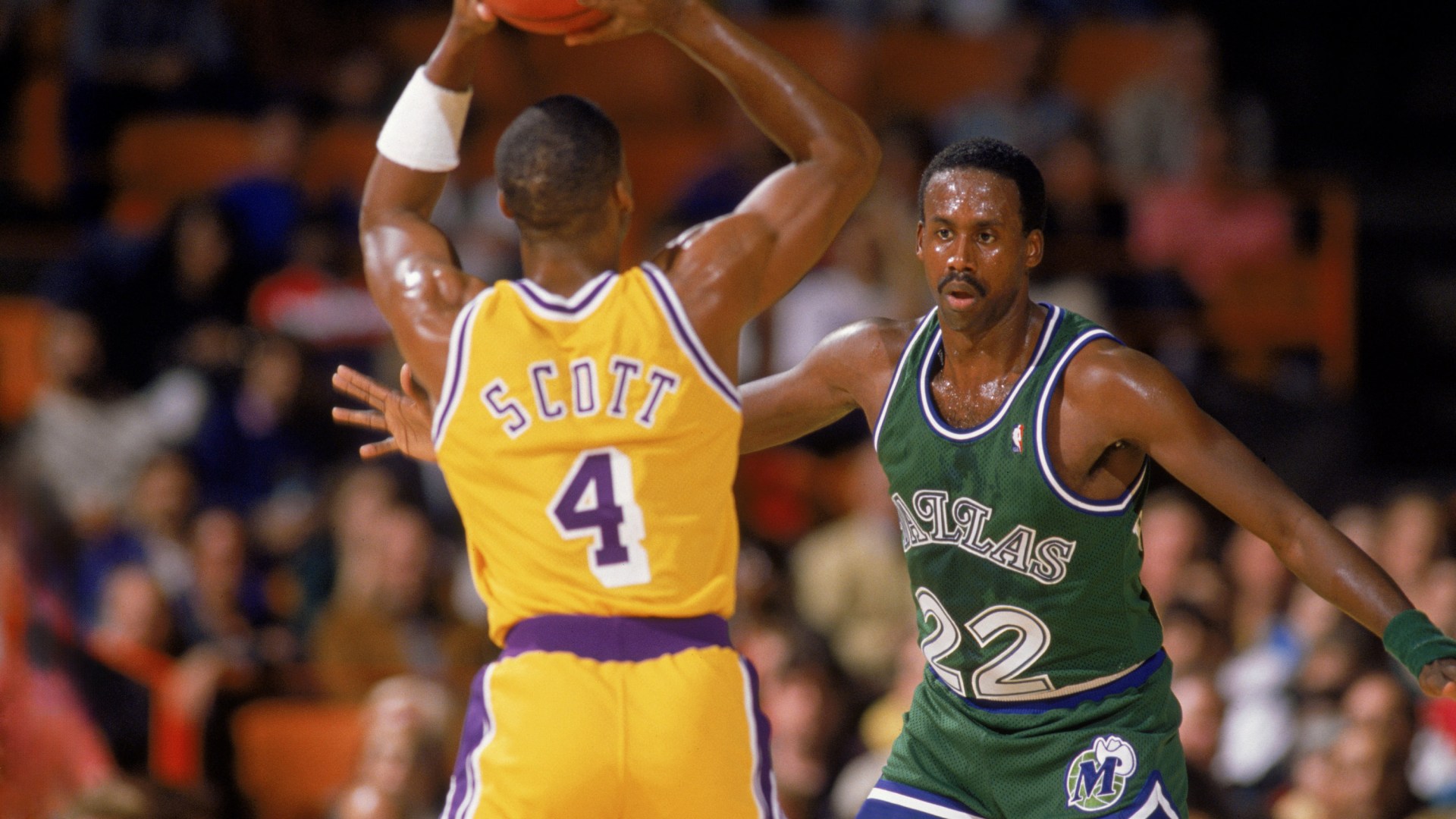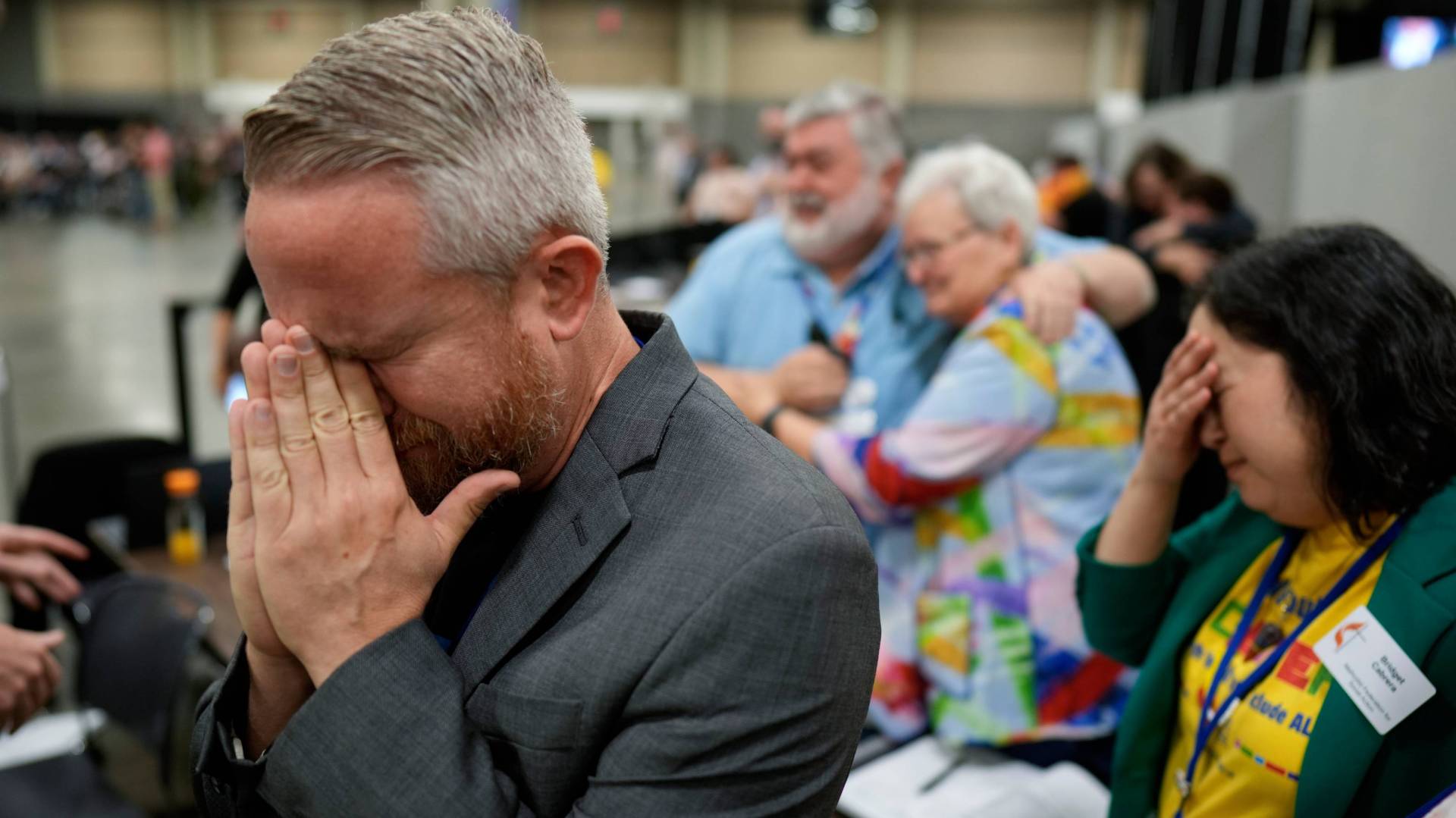A banner hangs outside the Church of God in the village of El Rincón, Honduras, that says, “Let’s be part of the solution, not the pollution.”
It’s a message pastor Wilfredo Vásquez posted after witnessing the harmful effects of plastics in his community.
“More and more, I understand that if we want to see changes in any area of society, we as children of God must take the initiative for those changes, because the church is the hope of the world,” he told CT.
Vásquez, who shepherds the Wesleyan-Arminian congregation in the Central American town of about 4,000 people, has started taking steps to help his community and hopes world leaders will do the same by establishing an international treaty on plastics.
From April 23 to 29, delegates from around the world met in Ottawa for the United Nations’ Intergovernmental Negotiating Committee on Plastic Pollution (INC-4). It’s the fourth stage in a five-stage process working toward an agreement that has the potential to change how plastic is handled globally.
If passed, experts believe it could have a similar impact on plastic usage as the Montreal Protocol of 1987 had on chemicals such as freon.
While the final stage of the process isn’t until November in South Korea, after the most recent round of discussions in Canada, delegates from more than 150 countries agreed to begin intercessional work. Right away, delegates will start meeting to develop ways to identify plastic products and chemicals of concern.
In El Rincón, 3,600 miles away from the latest round of discussions, Vásquez is praying for the treaty’s passage.
Vásquez knows exactly what’s at stake and what a difference even small changes can make, because he’s experienced it firsthand in his village. Speaking to CT through a translator, Vásquez shared about how until recently, there was no proper recycling or waste collection in his community.
“What people do with solid waste is either they throw it, they bury it, or they burn it,” he said.
The negative impacts could be seen all around. Trash littered playgrounds and sports fields. Smoke from trash fires polluted the air and caused respiratory problems for many people, including Vásquez’s mother-in-law.
“They close the doors and the windows and keep these people isolated,” Vásquez said. “They can’t go out because of the smoke.”
Compelled by love of neighbor and the biblical command to care for creation, Vásquez decided to do something to change what he saw.
He started encouraging church members and people in the community to stop burning trash. Then the church organized community cleanups and encouraged members to use reusable cups and utensils instead of single-use plastics.
Alongside Tearfund, a Christian charity that partners with churches in more than 50 of the world’s poorest countries, the pastor talked with community leaders and the local government about the need for waste collection.
The community now has a weekly garbage pickup. In addition, youth from Vásquez’s church collect and recycle plastic, while other recyclable waste is collected at sorting points established across the community.
As a result of these changes, the village is cleaner, and those with respiratory conditions can breathe easier.
Miriam Moreno, Tearfund’s environmental and economic sustainability manager for Latin America and the Caribbean, has worked with Vásquez to help make the changes in his community. One thing Tearfund did was fund containers for sorting waste.
“It’s very inspiring to have leaders like him to be able to share his experience and what he’s done,” she said.
Like Vásquez, Moreno says it is her faith which motivates her to do this work.
“I think it’s my responsibility as a Christian, and I feel very inspired to mobilize others and to get to know what others are doing,” she said.
She and Vásquez hope to encourage similar changes in other parts of Central America.
“While the waste collection and bins being installed in El Rincón will make a big difference to this community, there are hundreds of thousands more communities like this,” she said.
She believes addressing plastic pollution through an international treaty will be a key step toward helping impoverished countries.
“Everyone has heard the problems of plastic waste and pollution,” she said. “Everyone has a technical knowledge. But something that has been missing is that connection to make people aware of our responsibility as Christians to take care of creation.”
One of the people representing Tearfund at INC-4 is Rich Gower, a senior economist for the nonprofit. As an organization that works in more than 50 of the world’s poorest countries, he said, they’ve seen firsthand how plastic disproportionately impacts those living in poverty.
He said an estimated 2 billion people worldwide have no safe way to dispose of garbage. Like El Rincón, these places have few other options but to burn or dump their plastic and other waste on street corners and in open dumps.
“The results are wide-ranging and extremely harmful—causing toxic fumes; flooding; increasing the risk of cancer and other serious diseases like heart disease, respiratory infection, and other health conditions; and also creating climate emissions,” Gower said.
A Tearfund research paper, “No Time to Waste,” found that this results in the deaths of up to 1 million people each year.
Tearfund’s team at the UN talks is calling on governments to push for a treaty that fully addresses the impacts of waste on people living in poverty by ensuring four things are mandatory in the final agreement:
- Reduction: legally binding targets to reduce plastic production and scale up reuse solutions
- Recycling: universal access to waste collection and recycling
- Respect: support for waste pickers, including a just transition
- Response: mechanisms to ensure businesses and governments take action
Gower believes Christians have an important role to play in the process.
“Christians from around the world have joined together in Tearfund’s Rubbish campaign because we believe that every person created by God should be able to live a full life free from rubbish,” he said. “The growing waste crisis is having a huge impact on the lives of people living in poverty and is also harming God’s beautiful creation.”
The fifth session of the Intergovernmental Negotiating Committee on Plastic Pollution will be held November 25 through December 1. If an agreement is reached, the plastics treaty could go into effect in 2025.











































